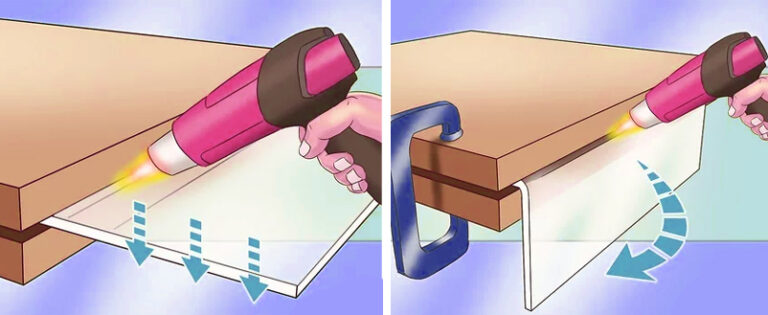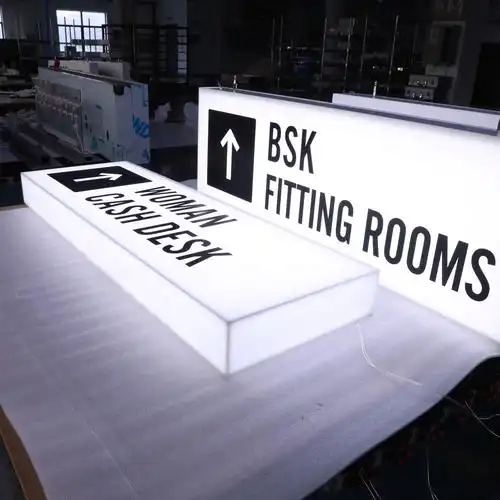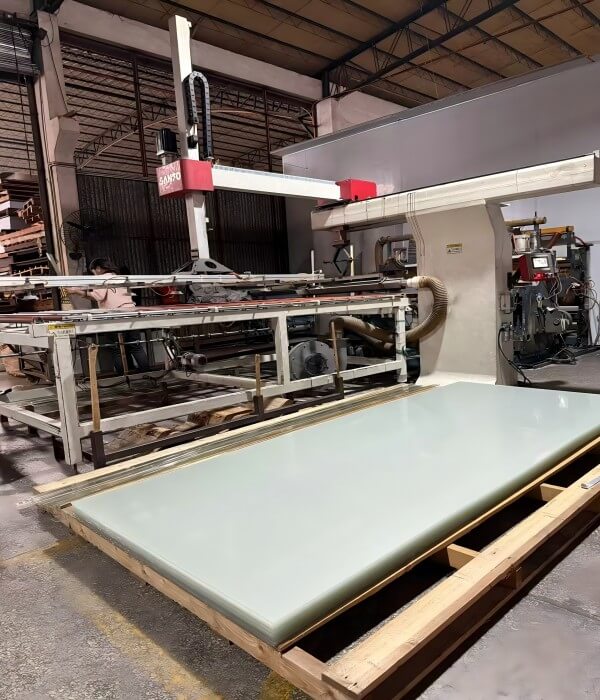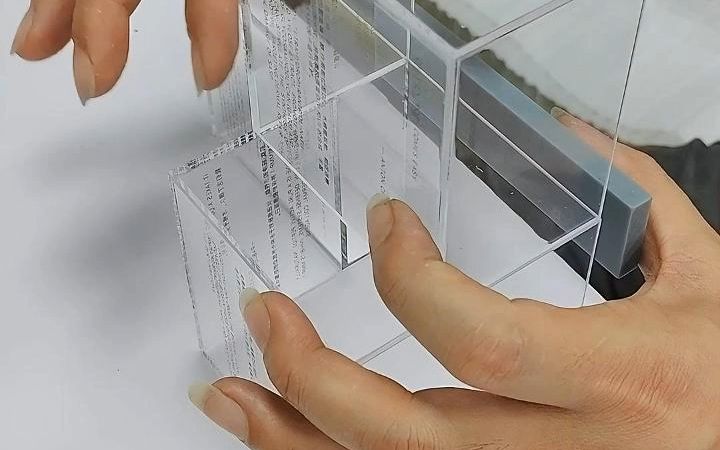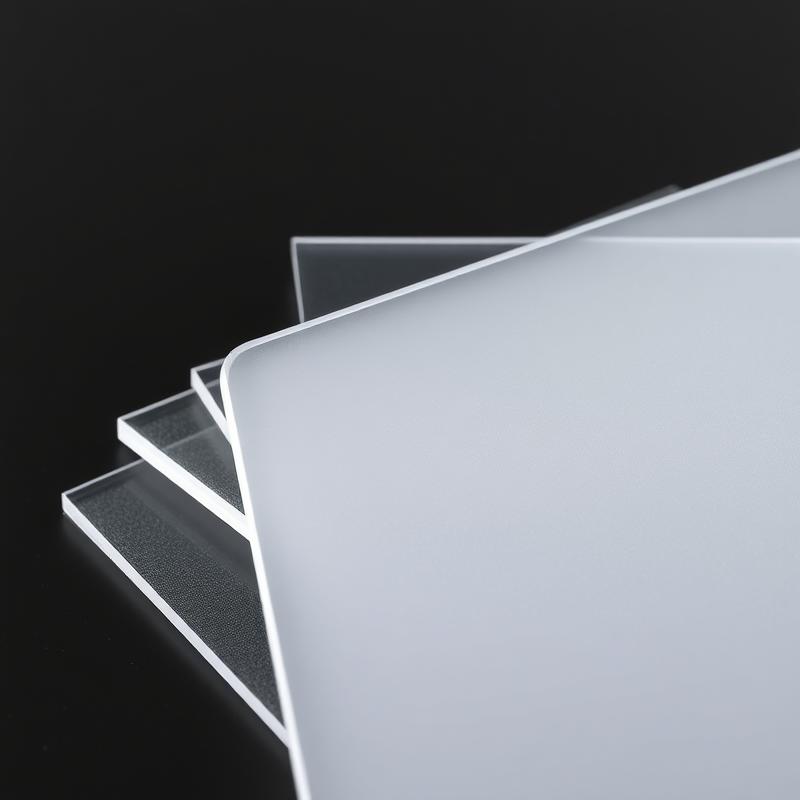-
Xinqi Development Zone, Leliu, Foshan, Guangdong
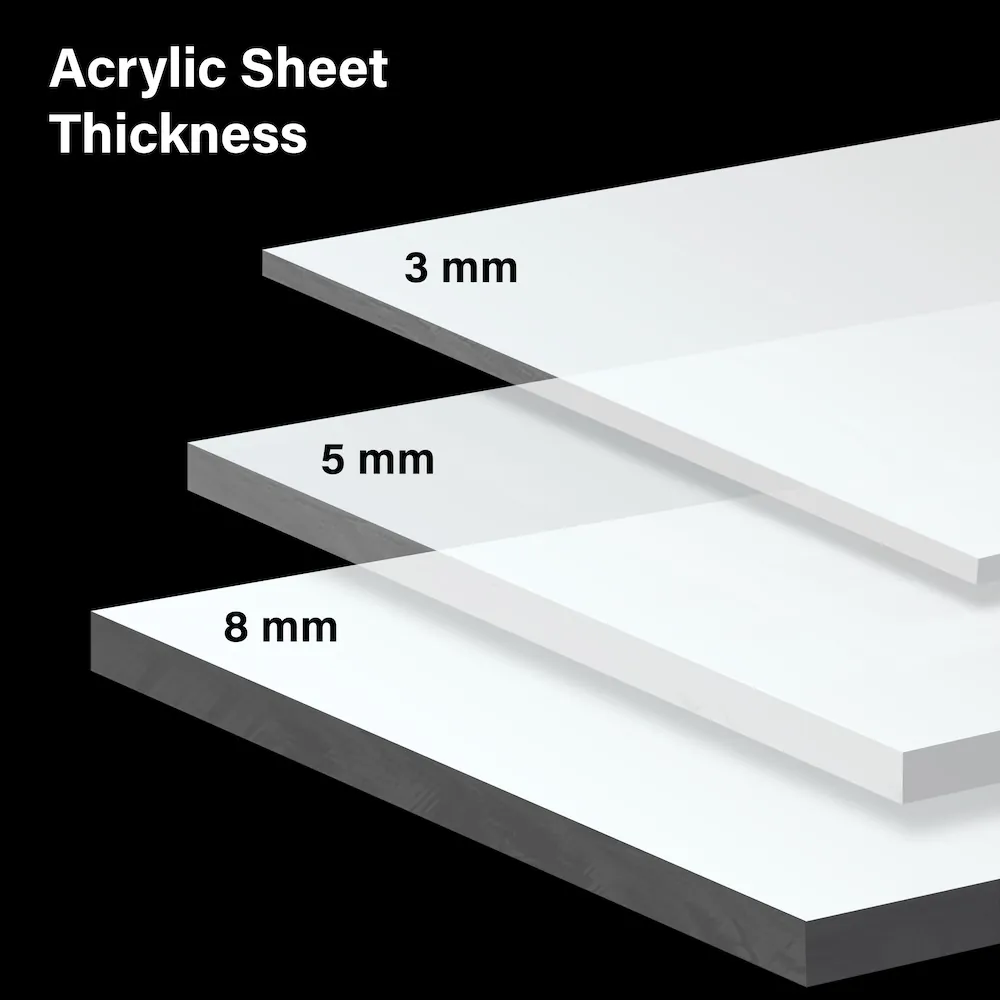
How to Choose Acrylic Sheet Thickness? 3mm, 5mm and 8mm
Table of Contents
Introduction
Acrylic sheet has become a star product with an annual growth rate of 6.2% in the global decorative materials market due to its 92% light transmittance (close to glass), anti-yellowing properties, and plasticity. However, consumers often fall into a dilemma of choice – how to choose between 3mm, 5mm, and 8mm? This article combines material mechanics testing, cost analysis, and 200+ actual cases to deeply analyze the scientific selection strategy of the three major thicknesses.
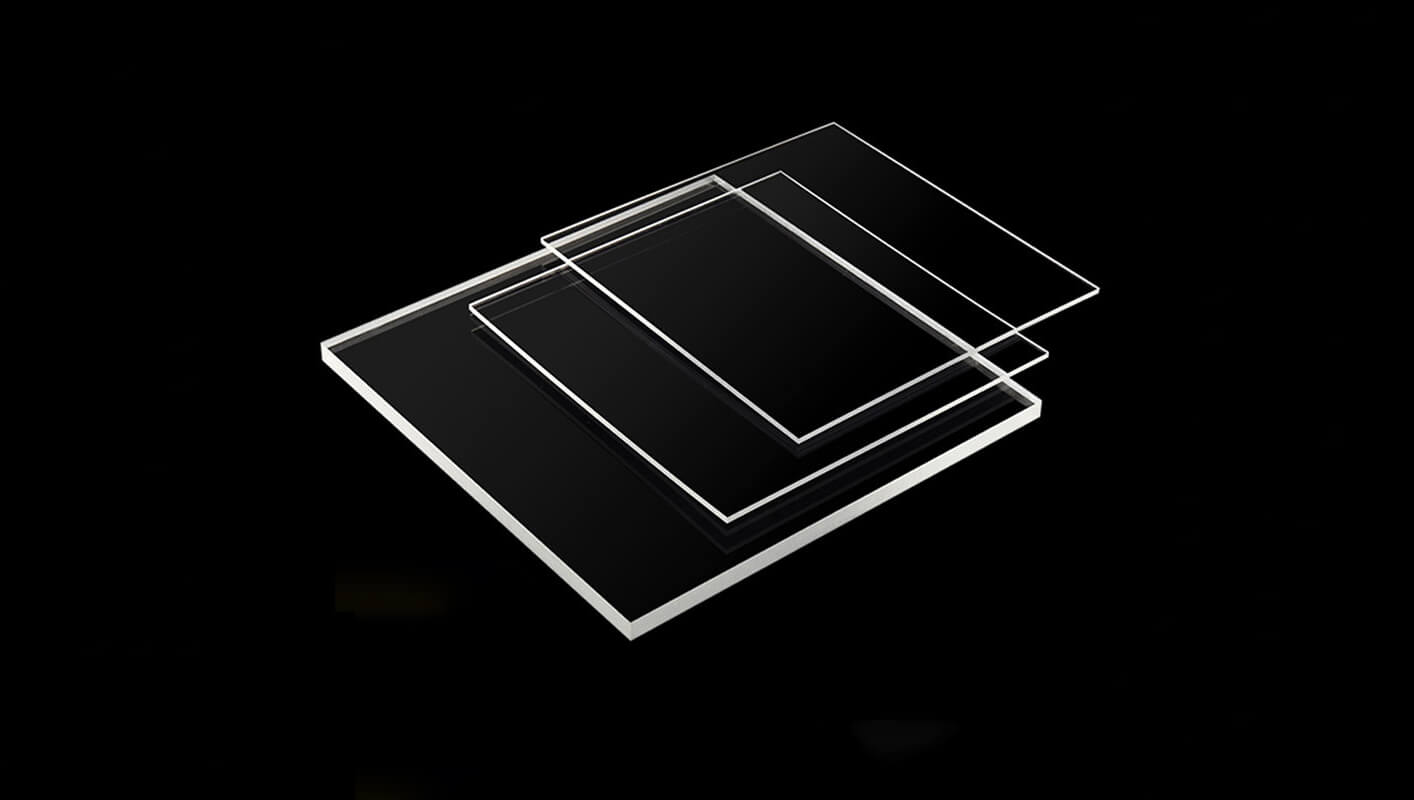
1. Quantum-level differences in material properties and thickness
1.1 Inverse relationship between light transmittance and thickness
Experimental data show : 3mm board has a light transmittance of 92.1%, 5mm is 91.3%, and 8mm drops to 89.7%. However, the increase in thickness leads to an increase in diffuse reflection of light, and 8mm board can reduce glare by 17% in art museum scenes.
1.2 Exponential growth in impact resistance
ASTM D256 standard test shows that the impact strength of 5mm board is 2.3 times that of 3mm, and 8mm is 4.1 times. In the children’s activity area, 8mm board can pass the 1.2-meter drop test (safety certification link: UL Prospector).
2. Golden rules for scene selection
2.1 3mm: Lightweight art solution
- Best scene: Hanging light box (43% weight reduction), translucent cloud device
- Failure case: A coffee shop used 3mm as a bar partition, and stress cracks appeared after 6 months
2.2 5mm: The king of cost-effectiveness in commercial space
- Tesla Experience Center uses 5mm acrylic for car parameter wall, achieving 0.08mm level precision printing
- Cost calculation: The comprehensive cost per square meter is 38% lower than 8mm, and the life cycle is 8-10 years
2.3 8mm: The invisible guardian of high-end places
- Dubai Burj Al Arab Hotel uses 8mm board to make a 9-meter-high aquarium curtain wall with a pressure bearing value of 3.2MPa
- Must be matched with 304 stainless steel frame, and the expansion coefficient must be controlled within 0.07mm/m·℃
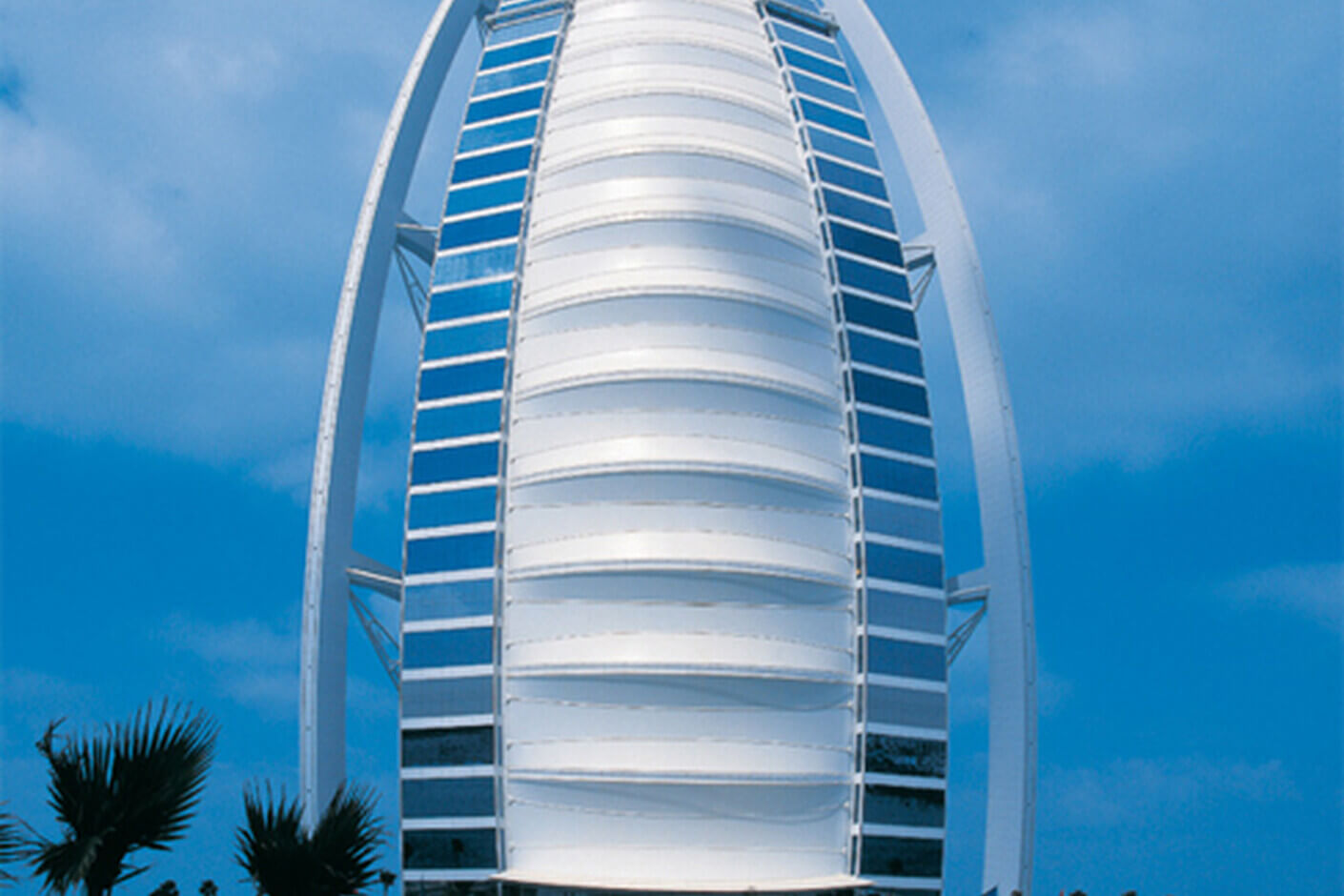
3. Ignored hidden cost traps
3.1 Comparison of processing loss rate
Laser cutting data statistics:
- 3mm: scrap rate 4.2%
- 5mm: scrap rate 6.8%
- 8mm: scrap rate 11.3%
3.2 Installation cost multiplier effect
8mm board requires special vacuum suction cup lifting equipment, and the labor cost is 2.5 times that of 3mm
4. Future trends and innovative applications
4.1 Composite structure revolution
IKEA’s latest patented technology (patent number: WO2023175277A1) combines 3mm acrylic with honeycomb aluminum panels, increasing strength by 400% and reducing weight by 22%.
4.2 Smart dimming acrylic
Corning developed a 5mm electric dimming panel with a transmittance that can be switched between 5%-85%
5. Authoritative selection decision tree
According to the selection flow chart developed by the American Institute of Architects :
- Load-bearing requirements>15kg/m² → directly select 8mm
- Curved surface modeling angle>30° → 3mm only
- Traffic flow>200 people/day → must be 5mm and above
- Budget<$150/m² → 3mm composite structure is recommended
FAQ of Acrylic Sheet Thickness
Which thickness has the best light transmittance?
A: The light transmittance of 3mm is 92.1% (data source: Acrylic.org), but 8mm can reduce glare by 17%, which is suitable for art gallery lighting.
How many years can 5mm acrylic sheet be used?
Normal indoor use is 8-10 years, and it needs to be cleaned every year and avoid scratches from hard objects.
Why is the installation cost of 8mm sheet higher?
Vacuum suction cup equipment is required, and the labor cost is 2.5 times that of 3mm (Case: Birdsong construction quotation).
How to determine the load-bearing requirements?
8mm is selected for >15kg/m² (such as bookshelf shelves), and 3mm is used for <5kg/m² (such as decorative paintings). The formula refers to the SGS calculator.
Conclusion
The essence of thickness selection is a dynamic balance between performance, cost, and safety. 3mm is the first choice for creative experiments, 5mm occupies 70% of the market share of commercial projects, and 8mm is irreplaceable in special fields. It is recommended to request an SGS UV resistance test report when purchasing, and reserve 10% thickness redundancy to cope with temperature difference deformation. The future application of acrylic will move towards the bipolar development of “thin intelligence + thick plate functionalization”. Contact Sanyu Acrylic for more professional information.

